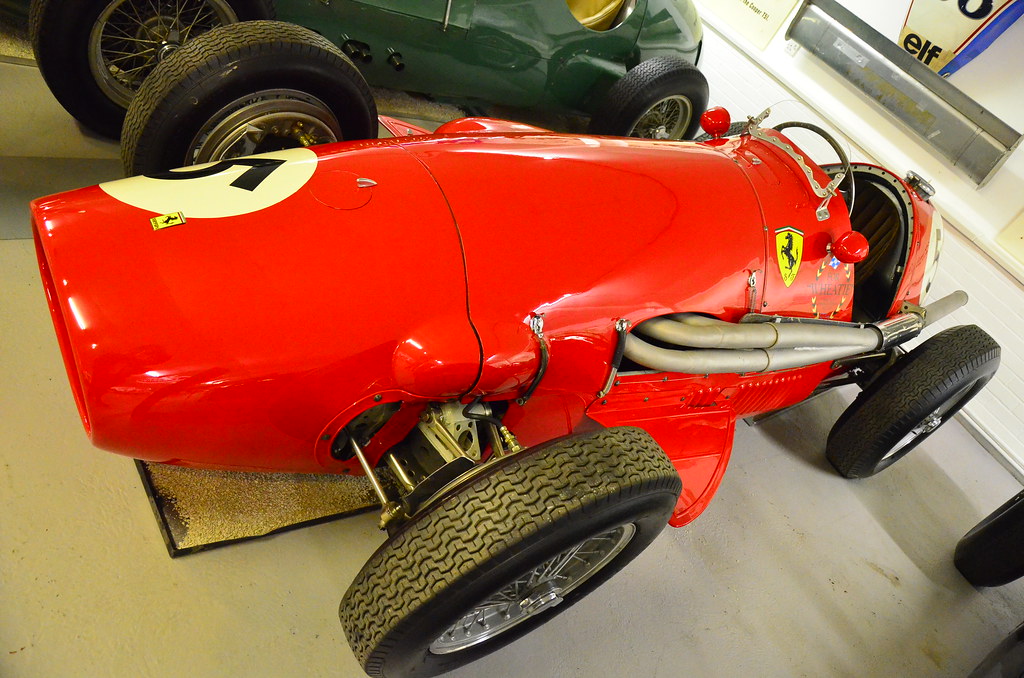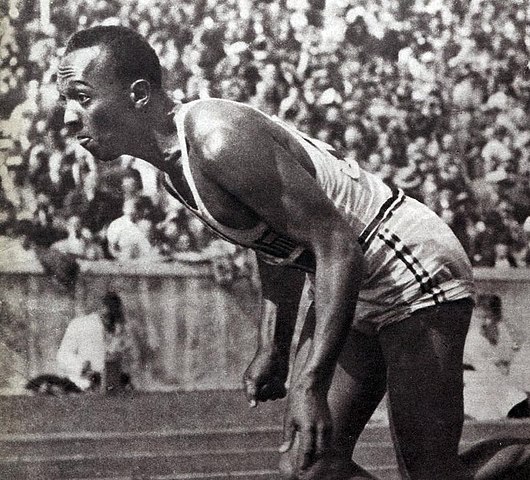Alberto Ascari and Ferrari dominate the third season in Formula 1
The Italian won every race he entered
The third season in Formula 1 offers us unforgettable moments, although it consists of fewer races compared to the previous two years. In 1952, it was decided that all Grand Prix races would be held according to the regulations for Formula 2. To them we can add the Indianapolis 500, which is held according to the rules of the American Automobile Association.
The drivers' race starts on May 18th and ends on September 7th after 8 races, with the winner being Alberto Ascari, who drives for Scuderia Ferrari. Thus ends the dominance of Alfa Romeo, whose pilots won the first two world championships in Formula 1. Perhaps the reason for this lies in the fact that Alfa's company cannot sponsor a new car and they give up the races. Also out of the race is British Racing Motors, which is preparing two cars, but withdraws before the race at Valentino Park in Turin in April. The British failed to attract last year's champion Juan Manuel Fangio as a teammate of Stelling Moss, and so Ferrari remains the only serious contender for the title in Formula 1.
For the second year in a row, the opening race is the Swiss Grand Prix at the Bremgarten circuit in the capital Bern. Leading Ferrari driver Ascari misses this race as he becomes the first European to take part in the Indianapolis 500 in the world championship era. Thus, his teammates Nino Farina and Piero Taruffi occupy the first two places on the starting grid. Farina, who had been leading for most of the race, was however forced to retire due to a problem with his car, and Tarifi won the race in Switzerland.
Meanwhile, in the US, Ascari crashed the Indianapolis 500 and retired with a breakdown after 50 laps, while Bill Vukovich dominated, but he too was out after 150 laps. That leaves the win for Troy Rutman of the Kuzma-Offenhauser team.
Then comes the dominance of Alberto Ascari. The Italian won consecutively the Spa race, the French Grand Prix, the Silverstone race, the German Grand Prix at the Nürgburgring, the Dutch Grand Prix held at Zandvoort, as well as Ferrari's most important home race Monza track. In this way, the pilot of the "Scuderia" leaves no chance for his opponents in the battle for the world title. And among the constructors, expectedly, "Scuderia Ferrari" is absolutely dominant with 7 victories from the 8 races and disappointment only at the Indianapolis 500.
In Belgium and France, the Ferrari cars dominated the entire weekend. However, Gordini driver Robert Manson was also present on the Spa podium, while on the Rouen circuit the first three positions were occupied by Scuderia competitors.
At Silverstone, the first problems appeared for the "red horses", although Ascari again won without much trouble. Nino Farina failed to stay in the points zone, despite starting from pole position, and the third Ferrari, driven by Piero Taruffi, had problems at the start and, despite recovering positions, finished in sixth place. It's a great day for British cars and drivers as they pick up the rest of the points, with Cooper-Bristol's Mike Hawthorn making the biggest impression.
In Germany, Ascari won the title and equaled Juan Manuel Fangio's record for victories. Despite Maserati's appearance, Ferrari's dominance continues as Farina also puts in a great race, with the other two drivers from that team lining up right behind them.
In the Netherlands and Italy, the podiums were once again all for the Scuderia riders, with Alberto Ascari breaking all the records that the Argentinian Fangio had set in the previous campaign.
In the final standings, the top four positions are all Ferrari drivers, although Mike Hawthorne collects the same number of points as Mike Hawthorne.
The 1952 season will be remembered for the incredible achievements of Ascari and Ferrari, setting the tone for what was to come in the years to come, but also challenging the other teams to raise the bar for much greater competition.




